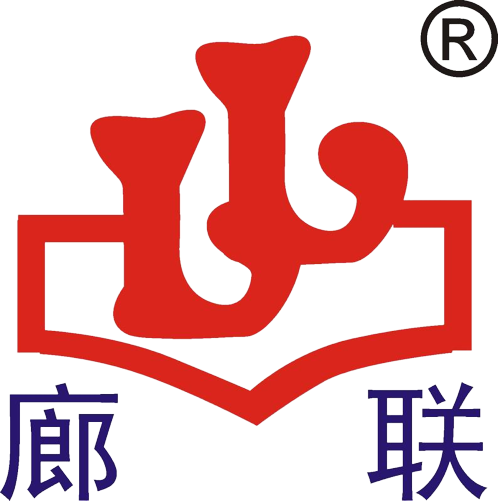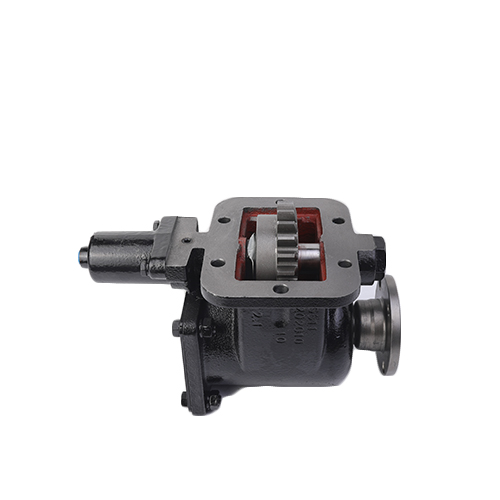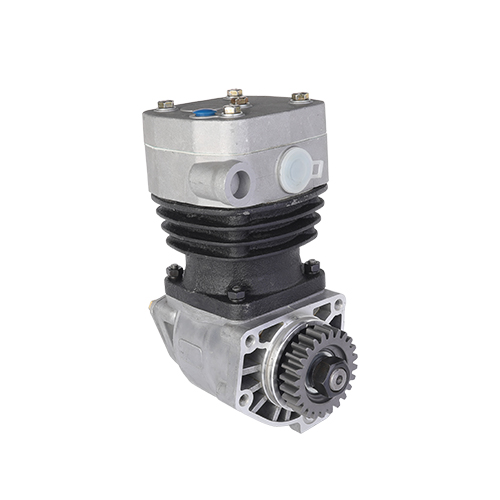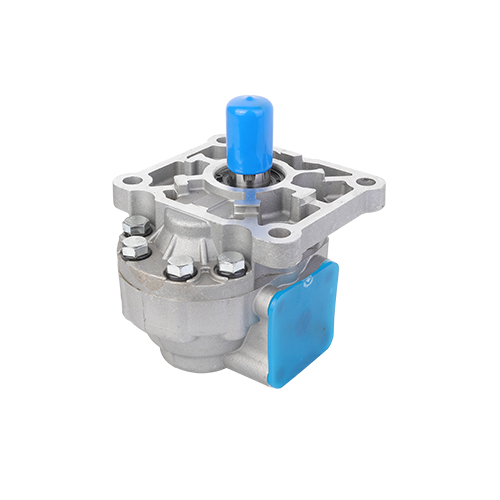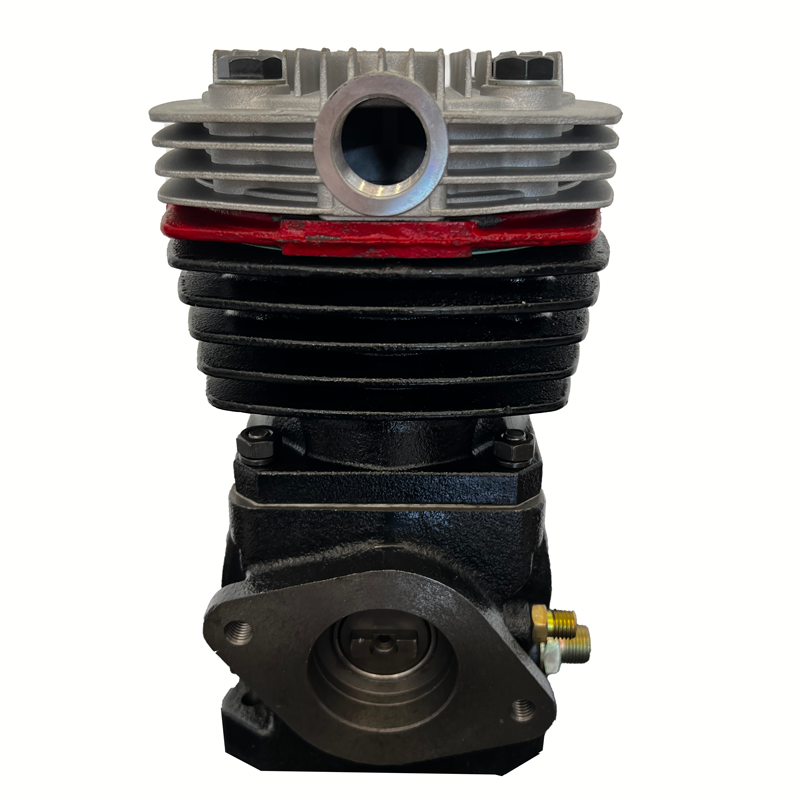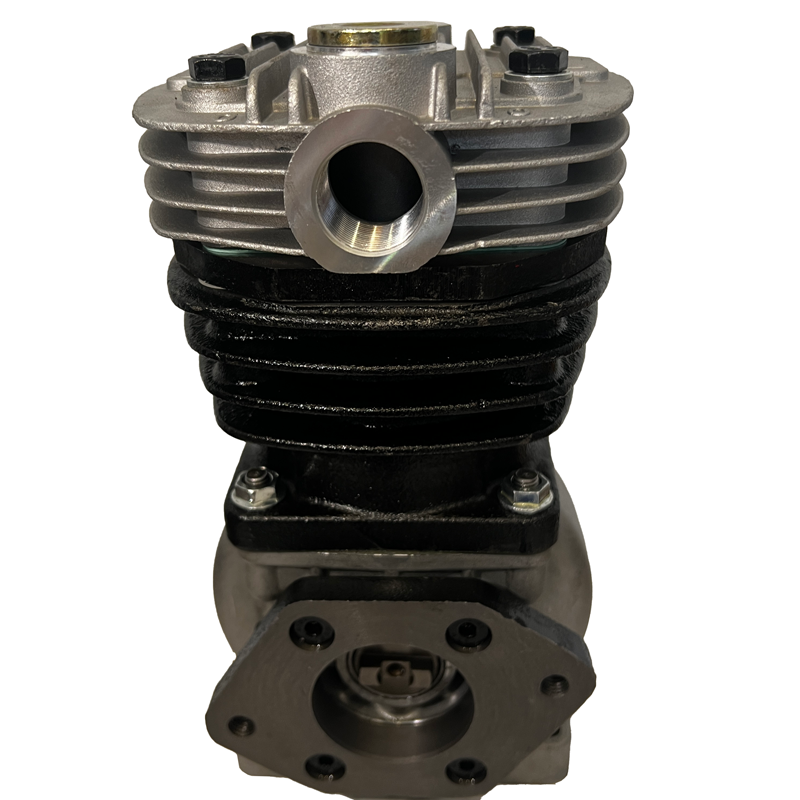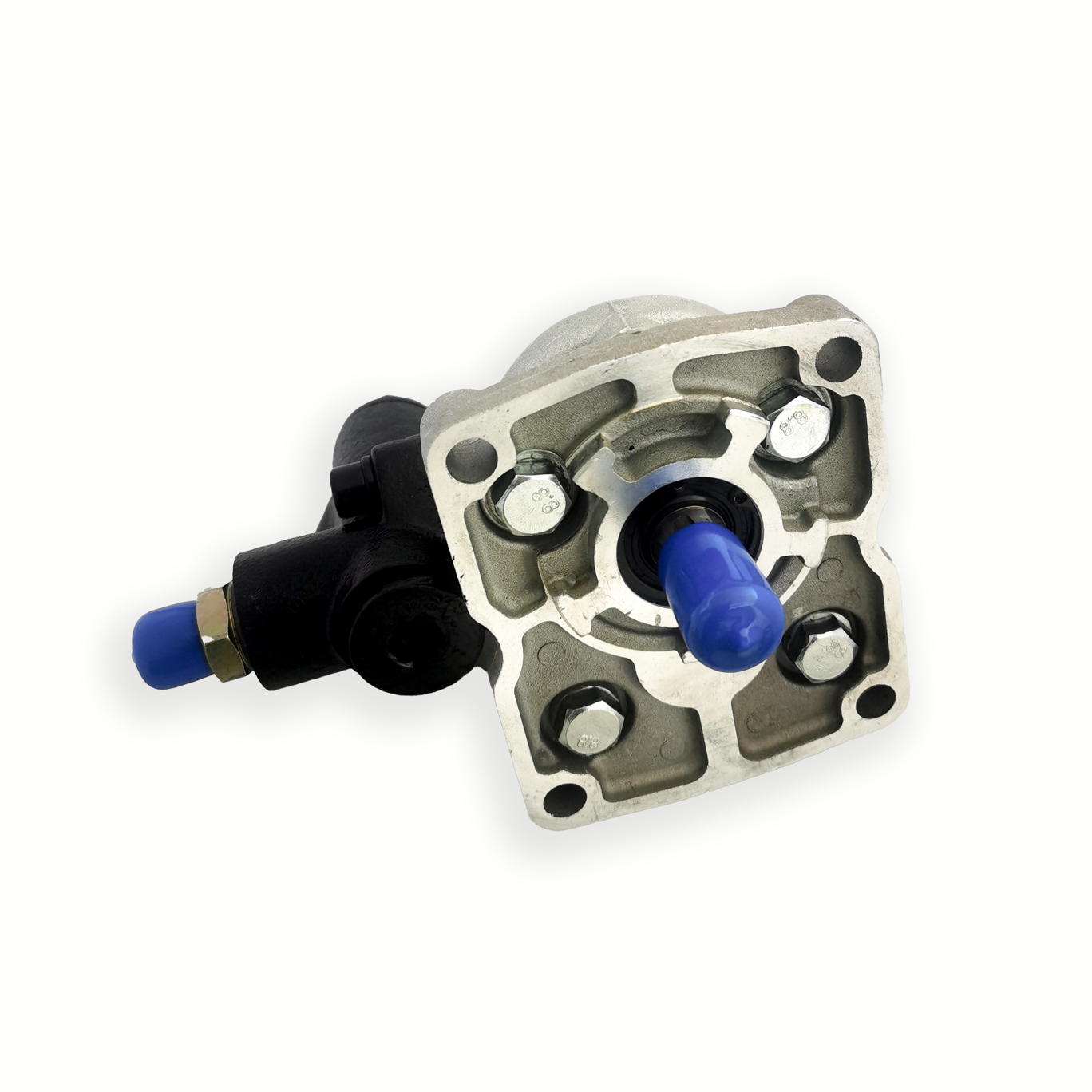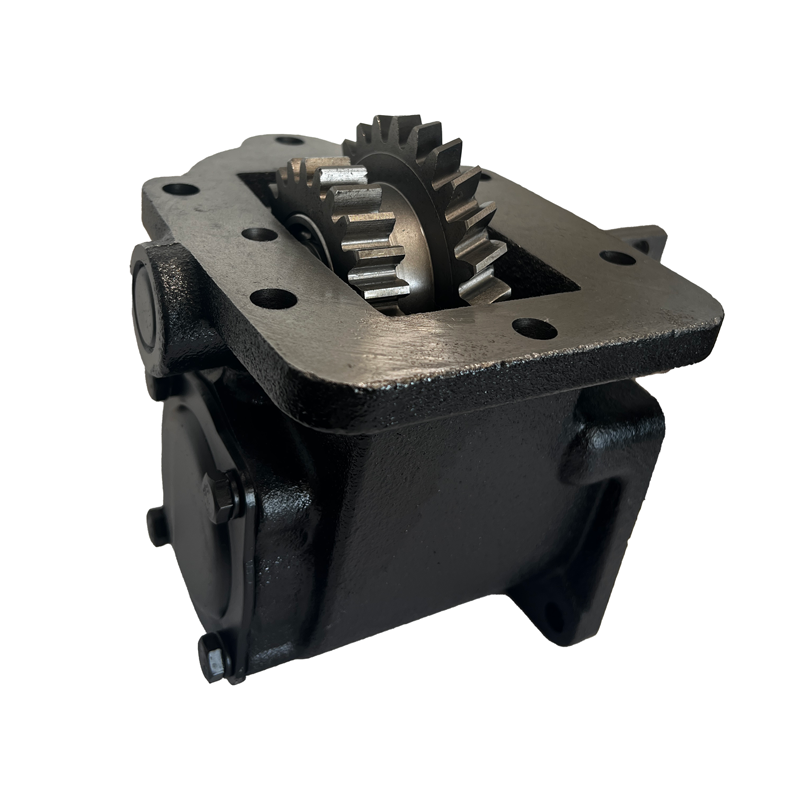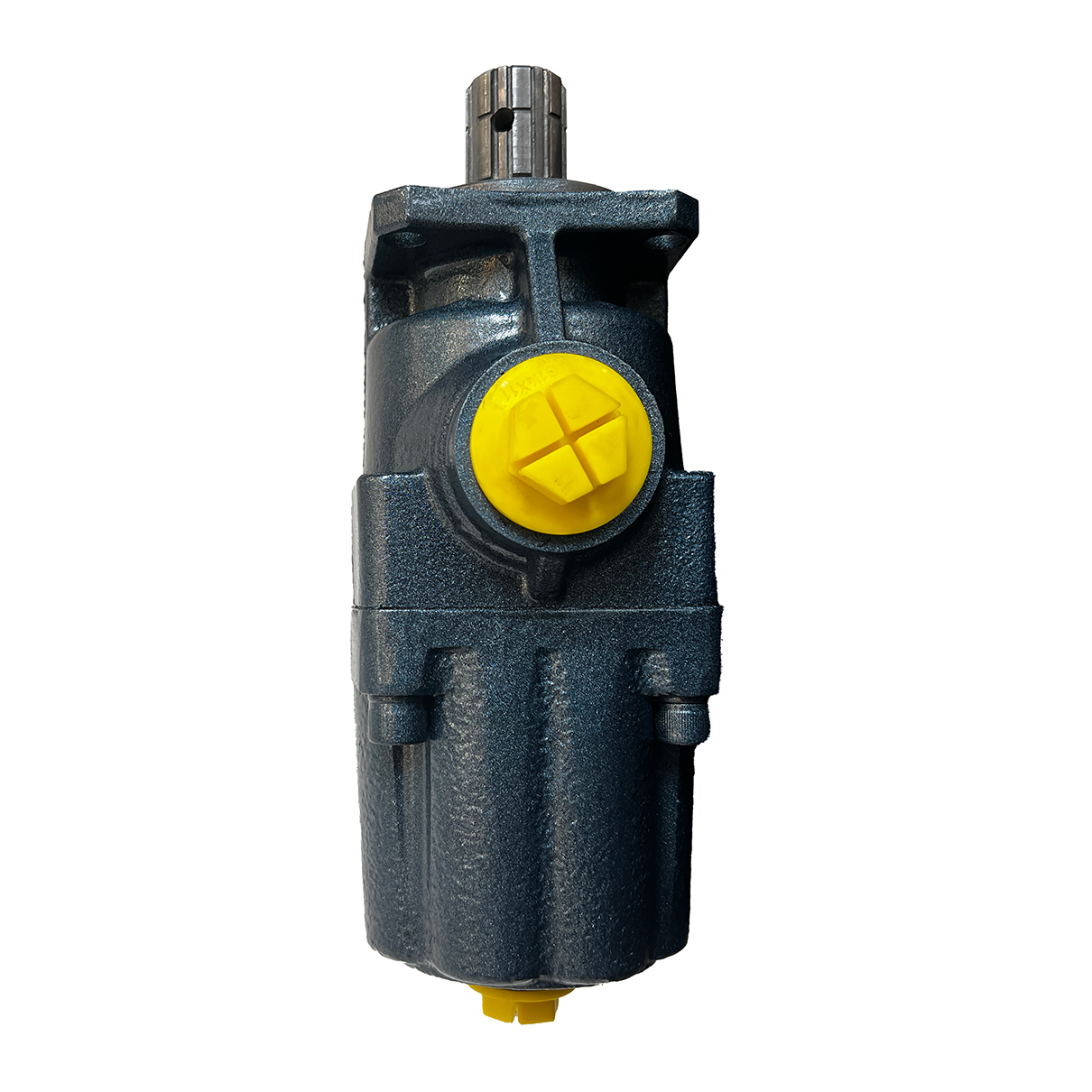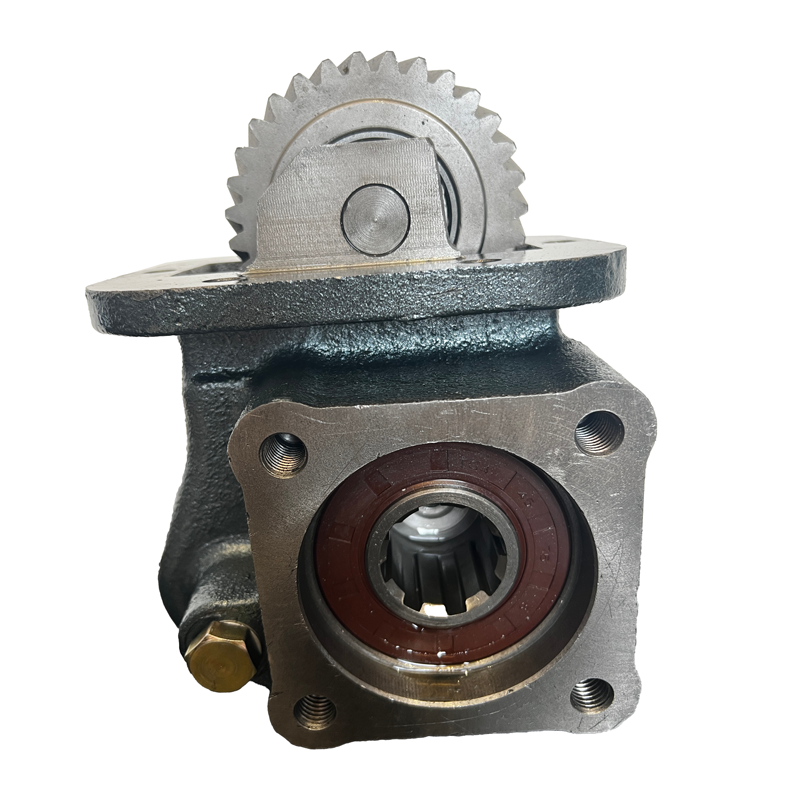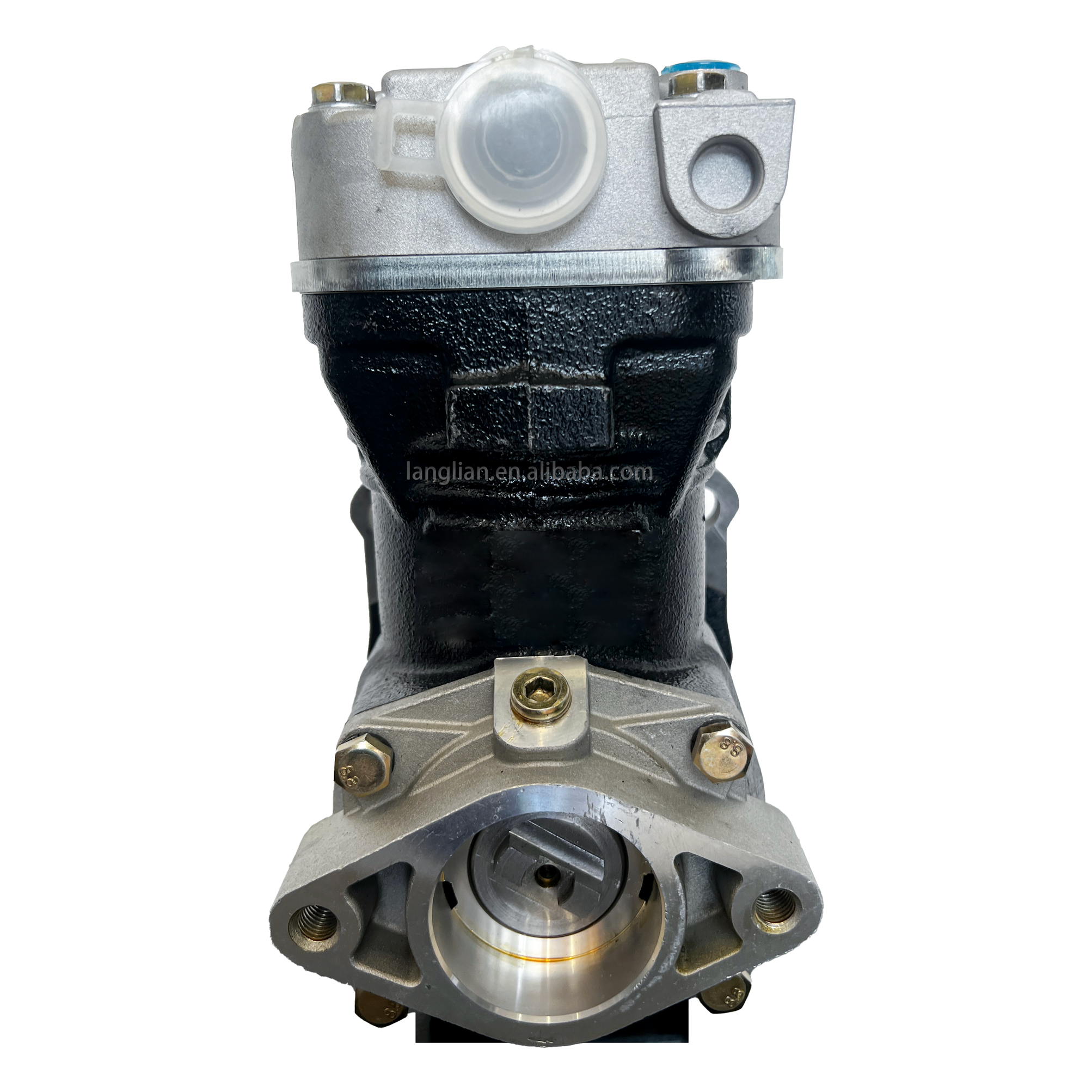Characteristics and Precautions of Medium-Pressure Hydraulic Gear Pumps
As essential power components in hydraulic systems, medium-pressure hydraulic gear pumps (with a typical pressure range of 10-20MPa) are widely used in construction machinery, agricultural equipment, mining machinery, and light industrial production. Balancing performance, reliability, and cost-effectiveness, they play a pivotal role in medium-load hydraulic applications. Below is a detailed overview of their core characteristics and operational precautions.
Core Characteristics
Structural Features
Medium-pressure hydraulic gear pumps feature a compact and simplified design, consisting of precision-meshed gears, a high-strength cast iron casing, DU bearings with high load-bearing capacity, and floating side plates . Unlike high-pressure pumps that require complex pressure compensation mechanisms, medium-pressure models often incorporate built-in pressure balance and automatic unloading structures to reduce internal stress . The integration of secondary sealing technology enhances leakage resistance, ensuring stable pressure retention within the medium-pressure range.
These pumps prioritize interchangeability and ease of maintenance. Their overall dimensions and installation interfaces are standardized, allowing direct replacement with similar models . Key components such as gears and shaft sleeves are made of wear-resistant alloy materials, which, combined with forced lubrication from internal pressure during operation, minimize wear and extend service life .
Performance Traits
Medium-pressure gear pumps deliver reliable volumetric efficiency (typically above 85%) , with theoretical flow calculated as the product of displacement and rotational speed (qt = nV), and minimal leakage affecting actual output. They offer a wide speed range (usually 1000-1500 r/min) and multiple displacement specifications to meet diverse system flow requirements .
Compared to high-pressure counterparts, medium-pressure pumps exhibit moderate flow pulsation and noise levels. Advanced models may adopt straight-line conjugate tooth profiles to reduce cavitation and pressure fluctuations . They demonstrate strong adaptability to hydraulic oil, capable of handling media with viscosities up to 150 mm²/s and temperatures not exceeding 120°C, including mechanical oil, diesel, and heavy oil . Their insensitivity to mild oil contamination makes them suitable for harsh working environments in agricultural and construction sectors .
Key Operational Precautions
Pre-Startup Preparation
1. Oil Selection and Filtration: Use hydraulic oil that matches the system’s viscosity and temperature requirements. Install a filter at the inlet pipe to prevent impurities from entering the pump, as contaminated oil can accelerate gear and bearing wear . Replace the oil and filter elements regularly according to operating hours.
2. Priming and Air Bleeding: For pumps not used for an extended period, inject an appropriate amount of lubricant into the pump chamber before startup to avoid dry friction . Run the pump at low speed (around 500 r/min) for 3-5 minutes to expel trapped air, preventing cavitation damage.
3. Installation and Parameter Check: Mount the pump on a level concrete foundation and secure it with anchor bolts to ensure coaxiality with the motor . Verify that the rotational direction (usually counterclockwise when viewed from the pump end) and rated speed align with specifications . Do not exceed the maximum allowable suction height.
Operational Maintenance
- Pressure and Temperature Monitoring: Avoid prolonged operation beyond the rated pressure, as this can cause seal leakage and bearing failure. Install a pressure gauge in the discharge line to keep pressure fluctuations within ±0.3MPa . Maintain the oil temperature between 30-60°C; excessive heat (above 70°C) degrades oil performance and accelerates component aging.
- Routine Inspections: Daily checks should include monitoring for leaks at shaft seals and flange connections . Listen for abnormal noises or vibrations, which may indicate gear wear, cavitation, or misalignment. Immediately shut down the pump if overheating or unusual sounds occur .
- Safety System Configuration: Since most medium-pressure gear pumps lack built-in safety valves, install an external relief valve in the discharge pipeline to protect the system from pressure spikes .
Shutdown and Long-Term Care
- Standard Shutdown Procedure: First cut off the power supply, then close the inlet and outlet valves to prevent pump reversal . Drain the oil if the pump will be stored for more than 3 months to avoid internal corrosion.
- Scheduled Maintenance: Conduct annual disassembly and cleaning. Replace worn gears, seals, and bearings, and recheck clearances (radial clearance: 0.02-0.05mm) . For pumps handling hot oil, ensure uniform preheating using the conveyed medium during startup .
- Fault Troubleshooting: Address low pressure by inspecting and adjusting floating side plate clearances; resolve leakage by replacing O-rings or seal components; and eliminate abnormal noise by cleaning the suction filter or replacing worn gears .
